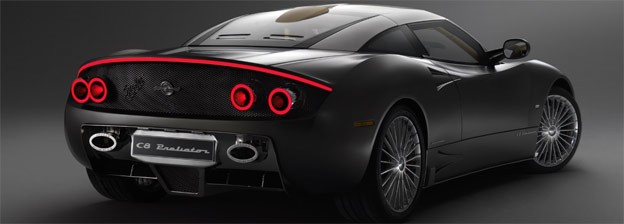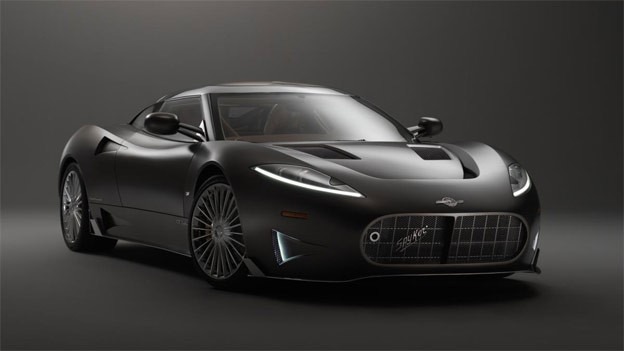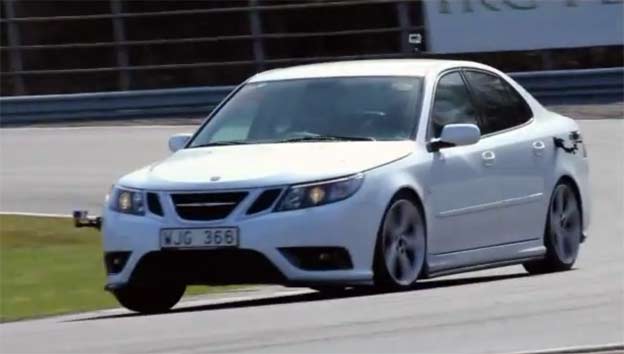Victor Muller, the man behind ultra-premium sports car maker Spyker who later went on to attempt to unsuccessfully revive the Saab brand after it was sold off by GM, has been in Geneva at the Motor Show launching a new post-administration Spyker model. just-auto caught up with him just ahead of the unveil.
Unsurprisingly perhaps, Victor Muller doesn’t want to dwell on what happened with Saab:
“When Saab went under, it almost dragged Spyker with it,” he told just-auto. “We managed to escape that fate by bringing on board Youngman, the bus maker from China. But they didn’t live up to their commitments, so by the end of 2014 we had really come into heavy weather. We went through what the Americans would call Chapter 11, a moratorium, and that was converted to bankruptcy and I appealed the bankruptcy and I managed to get out, I won – which never happens. It so happens that I am a lawyer by profession.”
The company, he says, went back into moratorium and could be restructured. “We went through a process of concluding settlements with all of the creditors so that by July of last year, we were clean – absolutely clean. The debt wasn’t operational debt, it was legacy debt from the Formula 1 team and the Saab days. But by the middle of last year, we could start all over again.”

Spyker C8 Preliator
Spyker is planning a limited production run of fifty for the new ‘Spyker C8 Preliator’. The Spyker C8 Preliator is described by Muller as Spyker’s third generation super sports car, with a ‘much improved chassis’, 525 horsepower (supercharged Audi V8 engine) and manual gearbox. There is no shortage of aviation cues in the design (Spyker made aircraft in 1914-18). The name Preliator means warrior in Latin.
The Spyker C8 Preliator’s contemporary design is even more heavily inspired by Spyker’s aviation heritage than any of our previous models with a clear emphasis on the typical aircraft air intakes, the so-called NACA ducts, and represents the latest evolution of Spyker’s signature architecture.
In the first-generation cars, the propeller design was consistently applied to many elements of the cars. The second generation cars showed a transition to turbine engine inspired design. Within the design of the new third generation cars, the Spyker C8 Preliator, the emphasis has shifted to submerged air intakes, the so-called NACA ducts, as used in the aviation industry.












